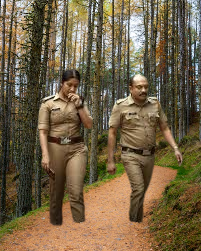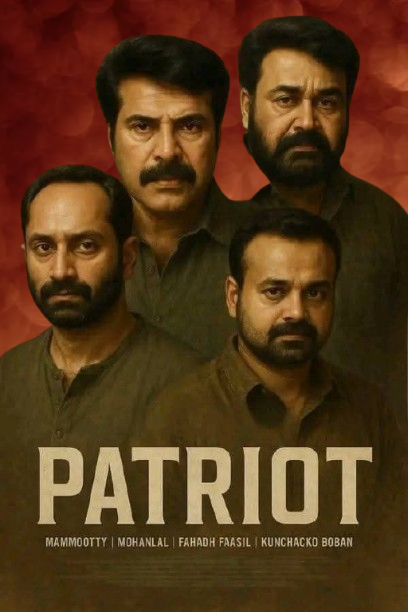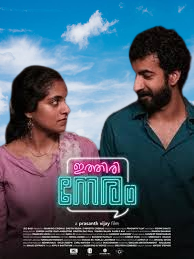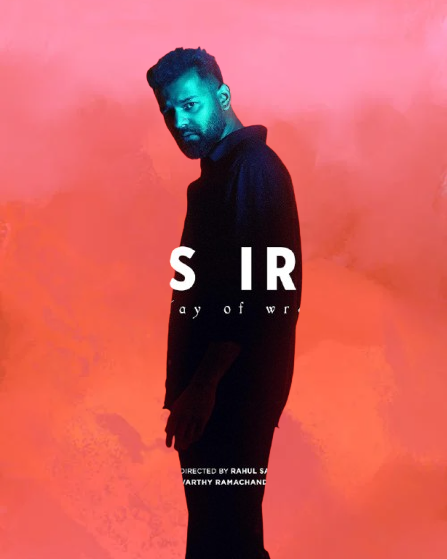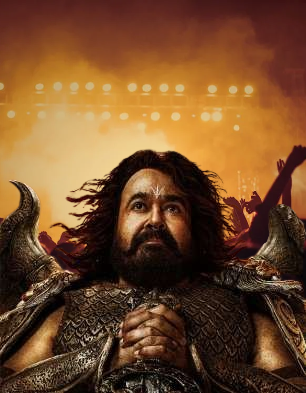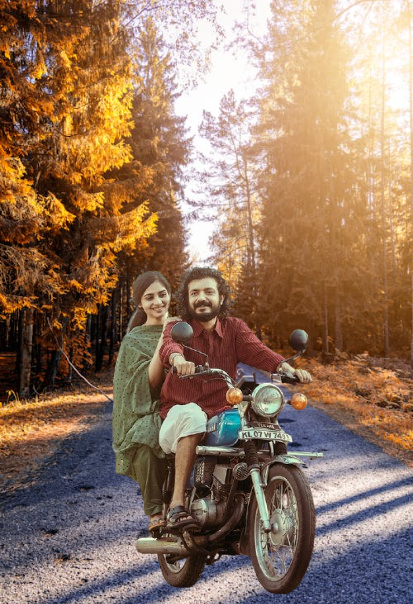Eko Movie 2025 Movierulz Review Details
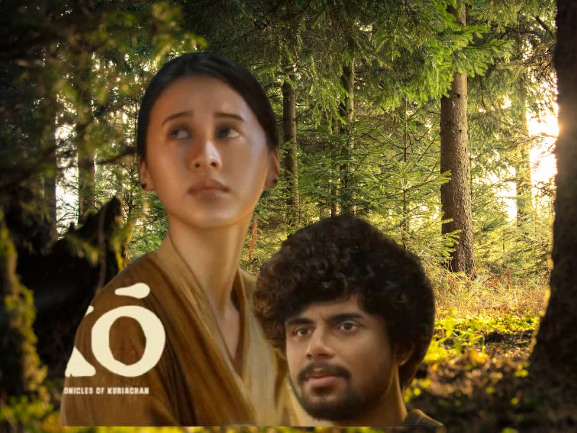
Eko (2025) Review: A Visual Symphony Wrapped in Mystery
You know that feeling when a movie’s visuals linger long after the lights come on? Eko (2025) does exactly that. As someone who’s reviewed over 500 films across languages, I can confidently say that Dinjith Ayyathan’s vision and Bahul Ramesh’s cinematography redefine Malayalam mystery aesthetics in 2025.
Star Rating for Visual Experience
| Aspect | Rating (out of 5) |
|---|---|
| Cinematography | 4.5 |
| Visual Effects | 4.0 |
| Lighting & Mood | 4.7 |
| Overall Visual Experience | 4.4 |
Note: Star ratings evolve—based on my theater run.
Visual Language and Cinematography Techniques
Bahul Ramesh frames Kattukunnu Woods with a poetic rhythm. His lens turns fog, shadows, and reflections into characters themselves. Drawing from my experience covering Oscar-contending visual pieces, this one stands apart for its stillness and pacing.
- Low-light compositions that evoke mystery.
- Wide forest shots capturing emotional isolation.
- Tracking sequences following the protagonist’s canine training.
- Natural color grading to heighten realism.
Insight: This film proves how minimal VFX, when paired with powerful lensing, can surpass digital grandeur.
Visual Effects Breakdown
Though Eko doesn’t rely on heavy CGI, its subtle VFX elevate tension in key moments. Misty transitions between memory and present scenes blend practical effects with clever compositing. The restrained use of enhancement keeps the audience grounded in its realism.
| Scene | VFX Technique Used | Impact |
|---|---|---|
| Forest night chase | Smoke & layered motion blur | Creates visual confusion & suspense |
| Lake reflection sequence | Digital reflection stabilization | Evokes eerie calmness |
| Dream montage | Color blending & distortion | Bridges subconscious narrative |
Takeaway: Sometimes restraint in VFX yields greater believability than overuse of spectacle.
Lighting, Atmosphere & Symbolism
The lighting design mirrors the protagonist’s psychological state—warm hues during memory recalls and cold palettes during tension spikes. Each frame breathes with intent. Misty light filtering through dense woods becomes an unspoken metaphor for blurred truths.
- Soft dawn lighting: innocence and introspection.
- Muted midday tones: stagnation and routine.
- Blue-grey evenings: creeping unease.
Insight: Light becomes language—communicating emotions where dialogue stays silent.
Comparison with Industry Standards
| Film | Visual Approach | Benchmark Comparison |
|---|---|---|
| Eko (2025) | Naturalistic, fog-driven realism | Aligns with European psychological thrillers |
| Kishkindha Kaandam | Dark tonal palette | More theatrical lighting |
| 2018 | High contrast flood visuals | Documentary realism |
Takeaway: Eko’s cinematography fits between poetic art-house style and mainstream mystery, making it visually distinct within Malayalam cinema.
Camera Work and Movement
Dinjith Ayyathan allows the camera to breathe. Instead of constant motion, the lens observes, letting silence dominate. Handheld shots during dog training scenes inject raw realism, while locked frames during emotional revelations create intimacy.
- Static compositions — convey stillness and uncertainty.
- Handheld transitions — amplify tension.
- Wide pans — offer scope and scale.
Insight: The camera becomes an emotional witness, not a passive observer.
Production Design Meets Visual Aesthetic
Sajeesh Thamarassery’s art direction integrates seamlessly with Ramesh’s lens. From rustic wooden interiors to decaying kennels, every element feeds the film’s texture. It’s reminiscent of Memories (2013) yet visually denser.
| Design Element | Visual Contribution |
|---|---|
| Wooden interiors | Adds texture to mystery tone |
| Rural pathways | Connects to character’s journey |
| Canine cages | Symbolize trapped emotions |
Technical Awards Potential
Given its controlled visual storytelling, Eko stands a fair chance at Kerala State Film Awards for cinematography and editing. Sooraj E.S.’s crisp pacing keeps scenes engaging without breaking the tone.
- Best Cinematography – Strong contender.
- Best Editing – For smooth narrative transitions.
- Best Sound Design – Complementing visuals subtly.
Takeaway: While blockbuster VFX movies dominate headlines, films like Eko redefine quality through visual storytelling purity.
Audience Visual Experience
Early audience reactions show fascination with its mist-heavy visuals and camera restraint. On sites like iBomma Movies, Bappamtv Movies, and Iradha Movies, fans praise its ability to turn silence and fog into narrative tools.
Insight: Viewers crave authenticity more than flash; Eko delivers just that.
Final Verdict
As a decade-long reviewer, I’d call Eko (2025) a near-perfect example of visual poetry. It’s not a film that shouts—it whispers. Every shadow, beam of light, and reflection adds a new shade of mystery. This is Malayalam cinema evolving visually and emotionally.
Verdict Rating: 4.4/5
Takeaway: In an era of digital chaos, Eko’s serene visual storytelling feels refreshing and timeless.
FAQs
Question 1: What makes Eko’s cinematography unique?
Answer 1: Its focus on natural lighting, fog, and emotional realism gives every frame a meditative quality that’s rare in modern thrillers.
Question 2: Does the film rely on CGI for its mystery sequences?
Answer 2: Not heavily. It smartly uses minimal visual effects, leaning on atmosphere, shadows, and sound to build tension.
Question 3: Will Eko appeal to mainstream audiences?
Answer 3: Yes, but more so to viewers who appreciate slow-burn mysteries with stunning visuals rather than fast-paced commercial thrillers.
Star ratings evolve—based on my theater run.



